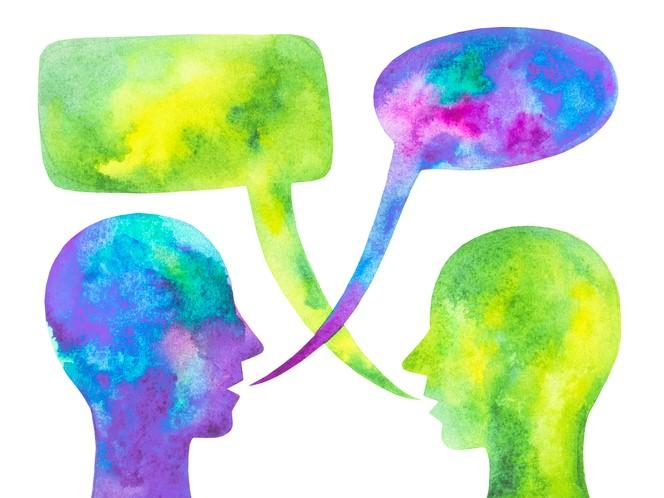
Non-verbal cues: learn how to use them effectively in teacher-student communication
Classrooms have seen a marked shift thanks to technology and changing student expectations in a post-pandemic world. While online or hybrid modes of learning have been welcomed with open arms in higher education, they offer students fewer chances to connect personally with their teachers.
Education is experience-driven. It is not just the qualification you get at the end, but a journey punctuated with daily interactions aided by teachers both in and outside the classroom. So, beyond subject knowledge, what does it take to keep students interested in engaging with you in the classroom? How does one strike a balance between being an effective educator and an efficient communicator?
The importance of non-verbal cues
In interpersonal relationships, non-verbal communication can be as important as verbal communication. In the case of teacher-student communication, certain cues help a teacher build trust and rapport with students, fostering a conducive learning environment. Here are some elements to be aware of as far as non-verbal cues are concerned:
Active listening
In a world where attention spans are dwindling, being an active listener is important. Unlike passive hearing, active listening requires one to be fully present, it includes responding and giving feedback that validates students and conveys the message that the teacher is prioritising them, helping to build a strong connection.
Tone of voice
It is not just the words but how you say them that matters in communication. Using a non-judgemental tone of voice ensures that your students feel understood and accepted. This, in turn, makes any feedback from you easier to digest. Students become more open and forthcoming about their opinions. In this instance, instead of assumptions, there is understanding and respect.
Facial expressions
Facial expressions convey far more than words; a teacher who appears open, maintains eye contact and smiles often conveys the message that they are interested in the student as an individual. Students often find themselves mirroring your conveyed emotion and they will start to seek you out because being in your company makes them happy and helps them feel at ease.
- Resource collection: Enhance student engagement
- What is student engagement?
- Do you speak Gen Z or are you a noob?
Use of space
Fluidity is always preferred over rigidity. Students feel more connected to teachers/instructors who move around the classroom and use space to convey energy and dynamism. Instead of sitting to deliver a lecture, walk around to discuss and converse.
Response time
The time you take to answer these queries either online or offline sends out a cue about how interested and concerned you are about students’ well-being. Reply with something like: “I hear you and I will get back to you soon” and remember to do that. This way, you are not only making them feel their issues matter but teaching them to respond promptly both in their personal and professional lives.
Being involved
Active involvement in student activities such as sports, dance and theatre helps you understand students in a different dimension. After all, some students are not interested in academics but excel in alternate areas. Understanding these facets of their personality will enhance how you respond to them. In addition, the students will see you as a supportive figure, which will prompt a favourable teacher-student connection.
Respect is mutual
As a teacher, you have the advantage of experience, however, remember that each student has a unique creative spark or a fresh way of looking at problems, as well as energy they can bring to the table. Lead by example; when you show respect for students’ ideas and opinions rather than dismissing them, they reciprocate with respect for the teacher’s opinions and approach.
This is not a one-size-fits-all kind of approach. Each teacher can adopt the non-verbal techniques that are more appropriate to them and incorporate them into their daily interactions with students. If the end goal is to get students interested in the learning process, these non-verbal cues used in teacher-student communication can enable you to build trust and enhance your impact as a teacher and a communicator.
Shruthi V. Shetty is assistant professor (senior scale) at Manipal Institute of Communication, Manipal, India.
If you would like advice and insight from academics and university staff delivered direct to your inbox each week, sign up for the Campus newsletter.




